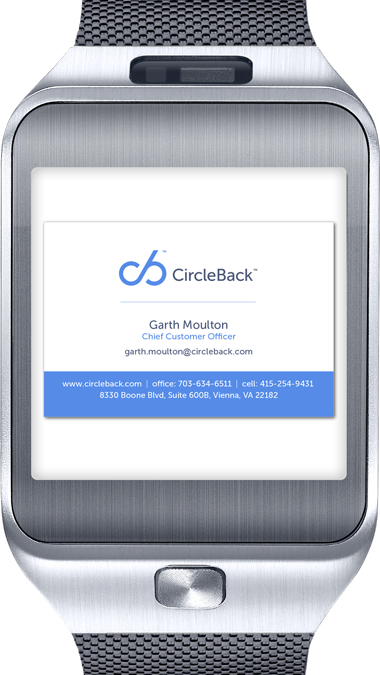Recently, in an article posted on CIO, Senior Vice President of Emerging Technologies at Salesforce.com Daniel Debow spoke of a new, exciting technology that Salesforce was building integrations for, wearable technologies. Long relegated to personal fitness and the profoundly weird, wearables (Google Glass, smartwatches, smartbands) have begun showing signs of having use beyond individual consumer tech experiences.
Salesforce.com believes that (and has bet a lot of resources on) wearables being adopted for enterprise use, especially when one considers the shift already taken place from previous arenas to smartphone/mobile app technologies. Debow says “wearable devices and wearable-based apps are often better suited for enterprise purposes than modern smartphone- or tablet-based apps because they result in ‘much less friction in the interaction with CRM system.’” Whether this is due to wearables being designed with enterprise-interaction technologies in mind or to the fact that Salesforce and other developers are beginning to build the bridge while the technologies are still young is unclear; what is clear is that Salesforce.com intends to be part of the initial build-out, developing an enterprise tool-kit to allow developers early on access to wearable technology and bridging it with CRM’s like Salesforce.
Says Debow, “There are tens of thousands of new developers building apps for wearables, and they want to build business apps… Salesforce is going to step in and help with the backend stuff. We’re building a bridge to the future, with a literal bridge between wearable devices and the Salesforce cloud.”
But what does this mean practically, for your business? How will Google Glass or a new line of smartwatches really affect your business and how you access your CRM? Garth Moulton, Chief Customer Officer of CircleBack, imagines that for his business, it’ll work a lot like this: “The user can take a picture of a business card with [a smart]watch, and the connected Android device running ScanBizCards and Salesforce1 digitizes the information and sends it to Salesforce.com as a lead or contact.” Debow follows up with alternate uses for wearable technology that have less to do with quickly entering contacts into a CRM and more to do with supporting any agents businesses may have in the field, for example, “on-site service technicians. [The wearable device could] connect to the Salesforce Service Cloud to provide augmented imagery of repair sites, full access to repair history data in Service Cloud and hands-free access to various support resources. The apps all utilize security and authentication technologies that are built into the Salesforce platform.”
Yet, with all the possibilities, nothing’s ready to roll out into development quite yet. The current toolkit offered by Salesforce.com is not for ready-made deployment. Instead, it’s for “ for developers to tear apart and experiment with” says Debow.
Whatever the case, we’re keeping our eyes on wearable technologies and hope you do the same. What do you think? Are wearables a passing fad or the future of mobile?
All quotes originated from ‘Salesforce Wear’: A Wearable Tech Toolset for the Enterprise posted on CIO.

